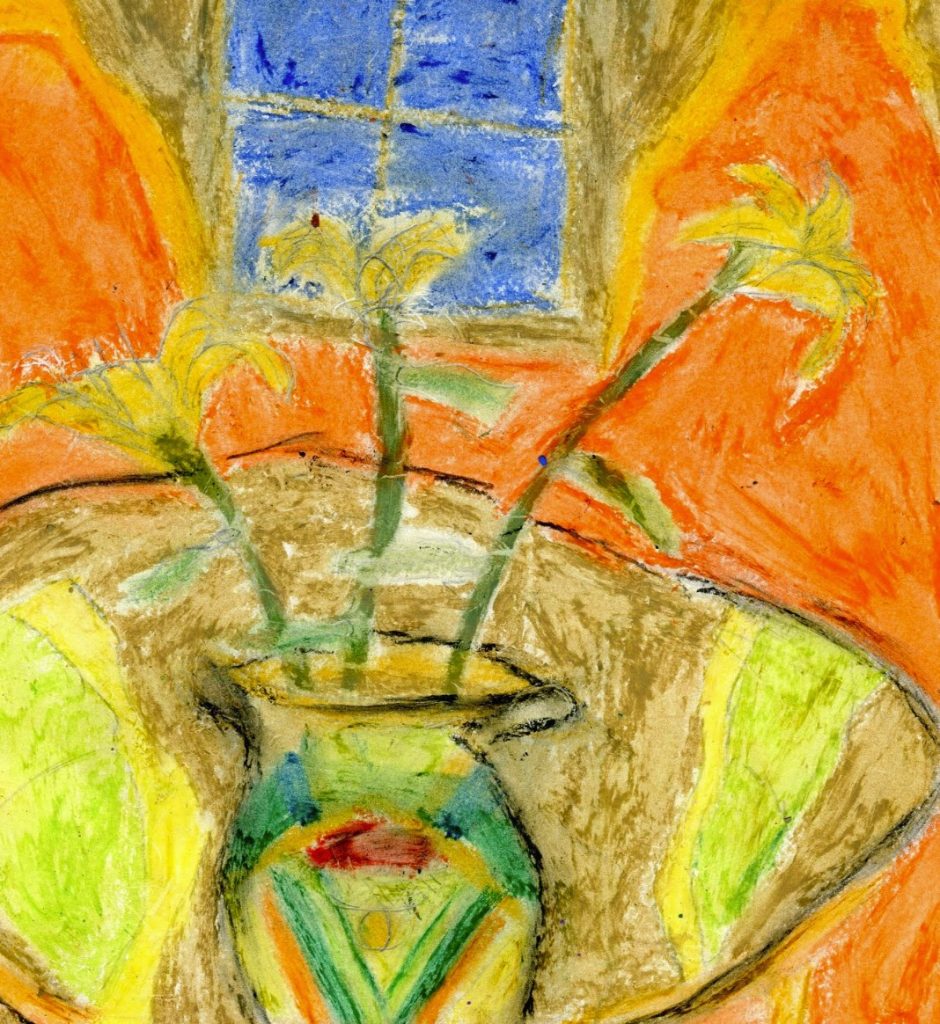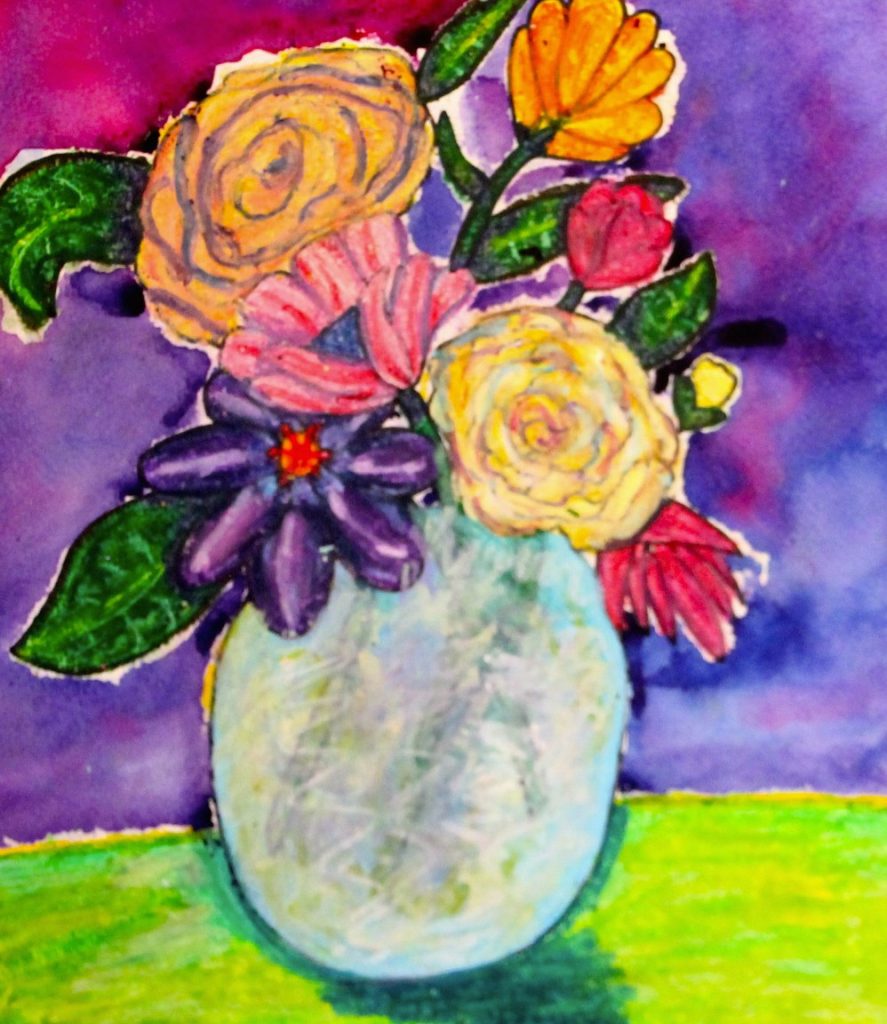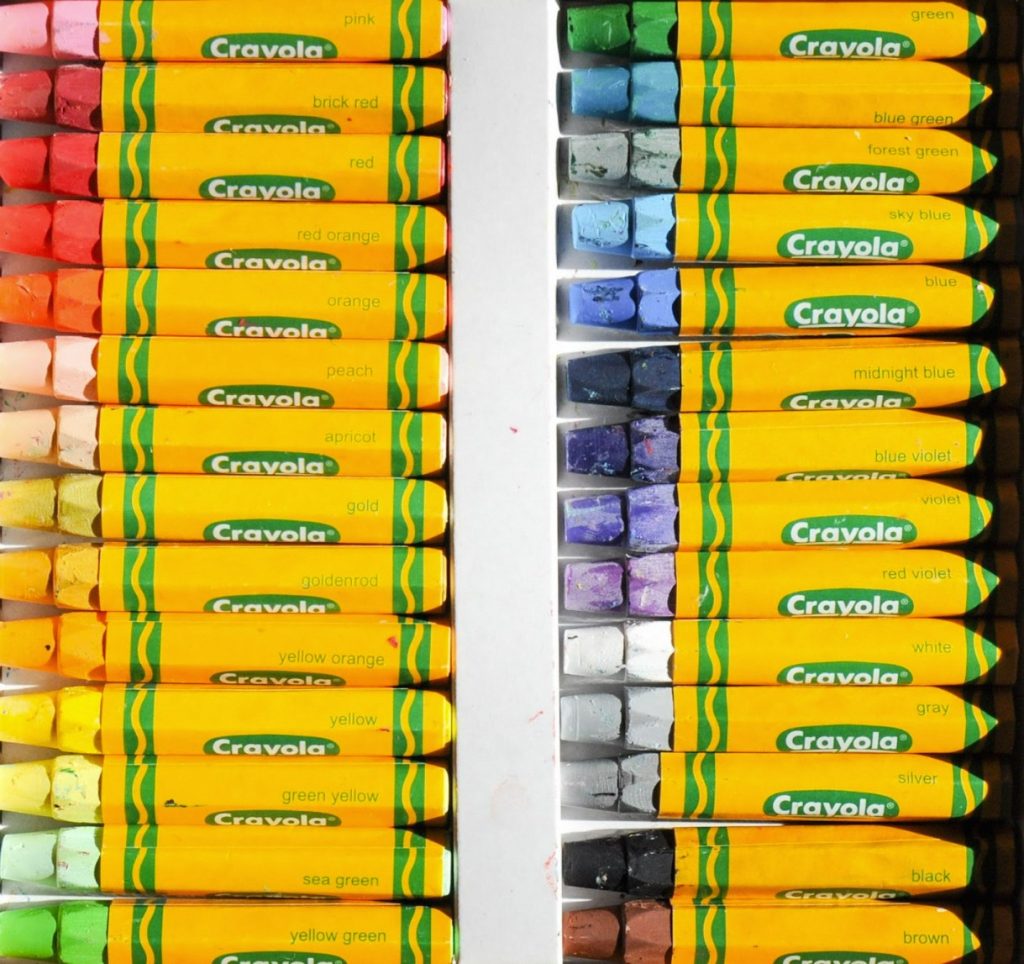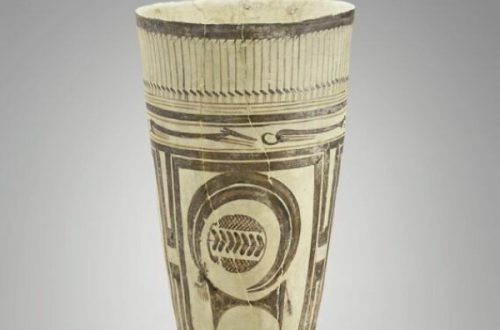Oil pastels are a perfect medium for creating stunning art, even for beginners. Their vibrant colors, smooth texture, and forgiving nature make them ideal for unleashing your creativity without the mess of paints or the precision required for detailed drawings. This guide explores four simple oil pastel techniques that will transform your blank canvas into a masterpiece.
Part 1: Layering and Blending for Depth

Light Build-up:
Oil pastels possess a remarkable ability to yield rich, blended effects within artwork. To harness this potential, artists can commence by employing light, delicate strokes, and gradually layering colors to intensify and enrich the tones. This deliberate approach facilitates greater control over the blending process as well as prevents the colors from becoming muddied. By establishing a foundation of lighter tones and subsequently layering the darker shades, an artist can effectively imbue their work with a sense of depth and dimension.
Concentrating on defining areas illuminated by light before meticulously introducing darker hues for shadows and background elements enhances the overall composition. This methodical process enables artists to achieve a harmonious balance of light and shadow, while heightening the visual impact and sense of realism in their oil pastel creations. By mastering the art of blending, artists can evoke a captivating interplay of colors to infuse their works with a captivating luminosity and vividness.
Blending Magic:
There’s magic in blending oil pastels! Use the side of the pastel for large, smooth areas of color. For finer details, use the tip. Explore different blending tools: your fingers offer a soft, natural blend, while a blending stump creates smoother transitions. Experiment with layering different colors and blending them partially for a unique, multi-tonal effect.

Part 2: Creating Texture with Scumbling and Hatching
Scumbling for Texture:
Scumbling is a highly versatile technique that serves as a powerful tool for adding visual interest and texture to your artwork. The method entails creating short, light strokes in various directions using the side of your pastel, allowing for the buildup of layers to achieve a nuanced and textured effect. Visualization is key when employing this technique – envision delicately sketching tiny hairs or wisps of smoke, as this approach accentuates the creation of intricate and lifelike textures within your artwork.
Frequently utilized in the representation of various natural elements. Scumbling is particularly effective for rendering complex textures, such as fur. The technique can simulate individual strands or the undulating patterns of grass. It can also evoke the billowy forms of clouds and the rippling allure of water bodies. Facilitating the replication of diverse surfaces and atmospheric effects within your artwork. Mastering the art of scumbling affords artists the ability to infuse their creations with palpable depth. Tactile allure via the visually captivating articulation of diverse textures.
Hatching for Depth:
Hatching uses parallel lines of varying thickness to build tones and create depth. You can use different colors of pastels to create a sense of volume and dimension. Experiment with straight lines for a more formal look or try curved lines for a softer, more organic feel. Hatching is a great way to add shadows, details on objects, or even create patterns like a brick wall.

Part 3: Masking and Stenciling for Crisp Lines
Masking Magic:
Masking allows you to create crisp edges and defined shapes. Simply cover areas you want to remain uncolored with masking tape before applying your pastels. Once you remove the tape, you’ll be left with sharp lines and vibrant shapes against the background color. This technique is fantastic for creating geometric patterns, letters, or even outlining specific objects in your artwork.
Stencil Stories:
Stencils serve as a gateway to a realm of creative possibilities, empowering artists to execute precise shapes and intricate patterns with finesse and accuracy. When utilizing stencils in conjunction with oil pastels, artists can seamlessly incorporate a vast array of precisely delineated designs onto their canvas. By positioning the stencil onto the paper and delicately applying oil pastels using either the side or tip of the pastel, artists can effortlessly achieve varying levels of detail based on the specific intricacy desired.
Stencils are particularly advantageous for adding intricate details such as floral motifs, butterflies, or geometric shapes to artworks, effectively bestowing the compositions with a visual richness and depth. Moreover, artists may opt to layer multiple stencils, utilizing different colors to create more elaborate and multifaceted designs. The combined utilization of stencils and oil pastels enables artists to orchestrate an interplay of shapes and hues that imbues their artwork with a captivating and intricate visual tapestry, elevating the entire composition to new levels of artistic sophistication and creativity.

Part 4: Experimentation and Fun
Embrace the Experiment:
Art is a realm of boundless freedom and limitless exploration. Embrace the spirit of experimentation and fearlessly delve into the uncharted territories of creativity. Don’t hesitate to venture into uncharted territory. Dive into a world of diverse colors, novel techniques, and a wide array of subjects, and let your imagination run wild with oil pastels. Moreover, don’t limit yourself – consider exploring different surfaces such as textured paper or canvas; each surface offers a unique platform for oil pastel art, contributing to a variety of captivating effects and textures.
The paramount objective is to revel in the joy of creation and uncover what resonates with you most authentically. While embarking on this artistic odyssey, remember that there are no unyielding rules or limitations in the pursuit of creativity. Your creativity is unrivaled, and each bold stroke and inventive experiment contributes to your artistic growth and the evolution of your unique style. So, embrace the journey, savor the process, and relish the freedom to push the boundaries of your creativity.
Practice Makes Progress:
Like any skill, mastering oil pastels takes practice. Dedicate some time each day or week to explore and experiment. The more you practice, the more comfortable and confident you’ll become with this versatile medium. Remember, there are no mistakes in art – only opportunities to learn and grow your artistic voice.

With these simple techniques and a playful spirit, you’re well on your way to creating stunning oil pastel artwork. So grab your pastels, unleash your creativity, and get ready to be amazed by the vibrant possibilities!





